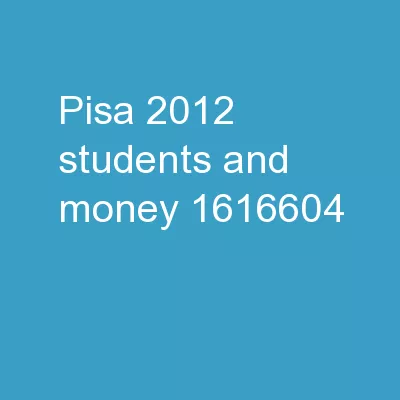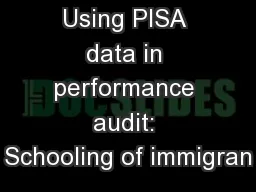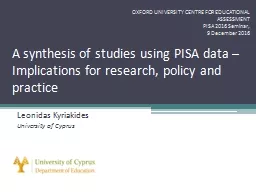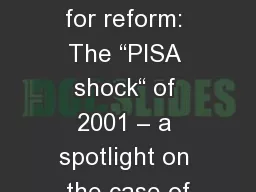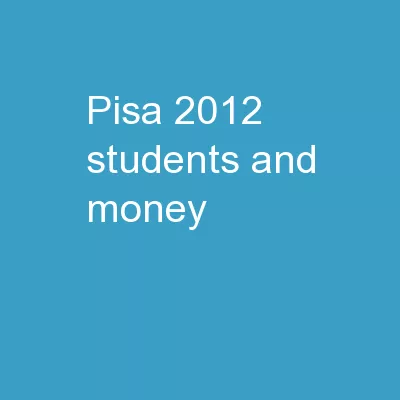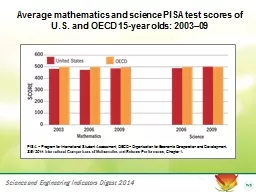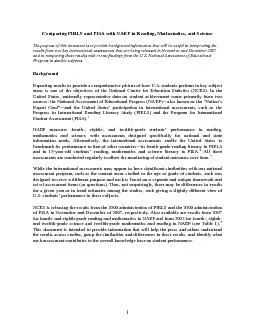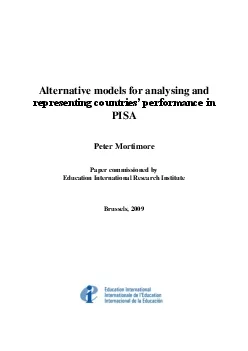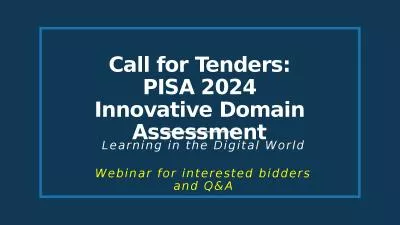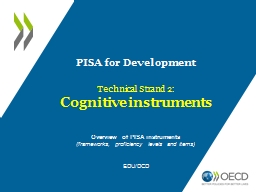PPT-PISA 2012 Students and Money
Author : giovanna-bartolotta | Published Date : 2018-12-16
Financial literacy skills 9 July 2014 Launch UNDER EMBARGO UNTIL 10AM PARIS TIME ON 9 JULY 2014 2 PISA in brief Over half a million students representing 28 million
Presentation Embed Code
Download Presentation
Download Presentation The PPT/PDF document "PISA 2012 Students and Money" is the property of its rightful owner. Permission is granted to download and print the materials on this website for personal, non-commercial use only, and to display it on your personal computer provided you do not modify the materials and that you retain all copyright notices contained in the materials. By downloading content from our website, you accept the terms of this agreement.
PISA 2012 Students and Money: Transcript
Download Rules Of Document
"PISA 2012 Students and Money"The content belongs to its owner. You may download and print it for personal use, without modification, and keep all copyright notices. By downloading, you agree to these terms.
Related Documents

